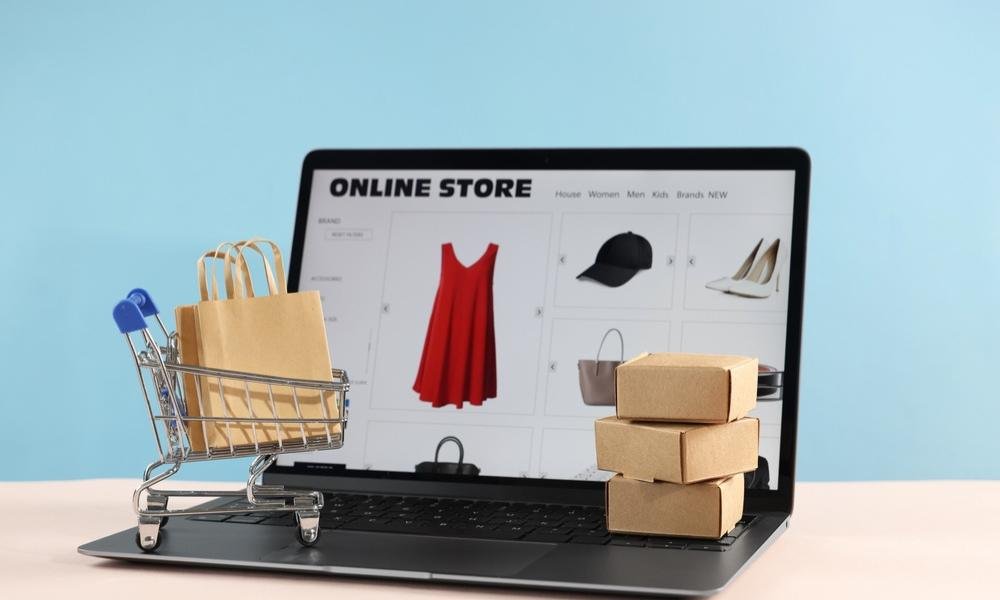Starting an e-commerce online store might sound like a huge undertaking, but trust me—it’s not as complicated as it seems. Whether you’re dreaming of selling handmade crafts, launching a tech gadget store, or diving into a niche market, the key is to take things step by step. In this guide, I’ll walk you through the fundamentals so you can build an online venture that thrives.
What You’ll Learn
- The basics of online selling and its growing appeal.
- The various ways to sell products or services online.
- A straightforward process to launch your store.
- How to create a website that wins over customers.
- Solutions to common challenges and tips for success.
Ready? Let’s dive in.
What Is E-Commerce?

E-commerce—or selling goods and services over the internet—has revolutionized how people shop and businesses operate. It allows individuals and companies to reach customers across the globe, whether they’re selling physical products, digital goods, or even professional services.
Why is this form of selling so popular? It’s simple: it’s convenient, scalable, and cost-effective. Businesses can operate 24/7 without the need for a physical storefront, offering customers the flexibility to shop on their terms. For entrepreneurs, this model opens the door to endless possibilities.
Types of Online Selling
Every online store falls into a specific category. Here’s an overview of the most common types:
- Direct-to-Customer: Perfect for businesses looking to sell products or services straight to individuals.
- Business-to-Business (B2B): This model focuses on companies supplying other businesses, often in bulk.
- Consumer-to-Consumer (C2C): Platforms like Facebook Marketplace or eBay connect individual buyers and sellers.
- Subscription Services: From streaming platforms to monthly product boxes, subscriptions are thriving.
The right model depends on your target audience and the nature of what you plan to sell.
How to Start Selling Online: A Simple Process
Launching an online store doesn’t have to be overwhelming. Here’s how I approach it:
1. Find Your Niche
A focused product or service offering is crucial. Research what people are looking for and how your idea can fill that gap. Niche markets often have less competition and more loyal customers.
2. Choose a Selling Platform
Think of your platform as your digital storefront. Popular options include Shopify, WooCommerce, or even marketplaces like Etsy. Each has its pros and cons, so take time to choose the one that fits your needs. Learn more here.
3. Build a Professional Website
Your website is your store’s foundation. Keep it clean, user-friendly, and mobile-responsive. Add high-quality product images, secure payment options, and clear descriptions. I’ve outlined must-have features in this useful guide.
4. Set Up Payment and Shipping

Making checkout smooth and simple is critical. Use reliable systems like PayPal or Stripe, and offer multiple payment methods. Don’t forget to include transparent shipping policies to build trust. Here’s a helpful guide to get you started.
5. Attract Customers Through Marketing
Driving traffic to your store requires effort. Use social media, email campaigns, and SEO to bring in customers. Experiment with different tactics, measure results, and adjust. Here’s how to boost traffic effectively.
Overcoming Challenges in Online Selling
Starting an online store has its challenges, but most hurdles are manageable with the right strategies:
- Standing Out in a Crowded Market: Focus on offering unique products or exceptional service to differentiate yourself.
- Shipping and Returns: Work with reliable carriers and make your return policy clear and hassle-free.
- Earning Customer Trust: Include secure payment options, showcase customer reviews, and use an SSL certificate to protect user data.
If you want to build trust further, this guide covers all the essentials.
Quick Tips for Success
- Use High-Quality Visuals: Your photos and videos should make customers want to click “Buy Now.” Show products from multiple angles and in use.
- Simplify Checkout: Reduce unnecessary steps to make purchases seamless for your customers.
- Track Performance: Tools like Google Analytics help you understand what’s working so you can refine your approach. Learn more here.
Is Selling Online Right for You?
If you’re willing to put in the work, selling online can be one of the most rewarding ventures. It allows you to reach customers beyond your local area, work on your own schedule, and scale at your own pace. The process isn’t without its challenges, but with determination and planning, you can make it work.
Launching an online
store might feel like a big leap, but it’s a step worth taking. Break the process down, focus on each phase, and adapt as you learn. Remember, every successful seller started from scratch, so don’t be discouraged by initial hurdles.
If you’re ready to take your first step, start by defining your niche and exploring platform options. Have questions? I’m here to help—feel free to ask!



